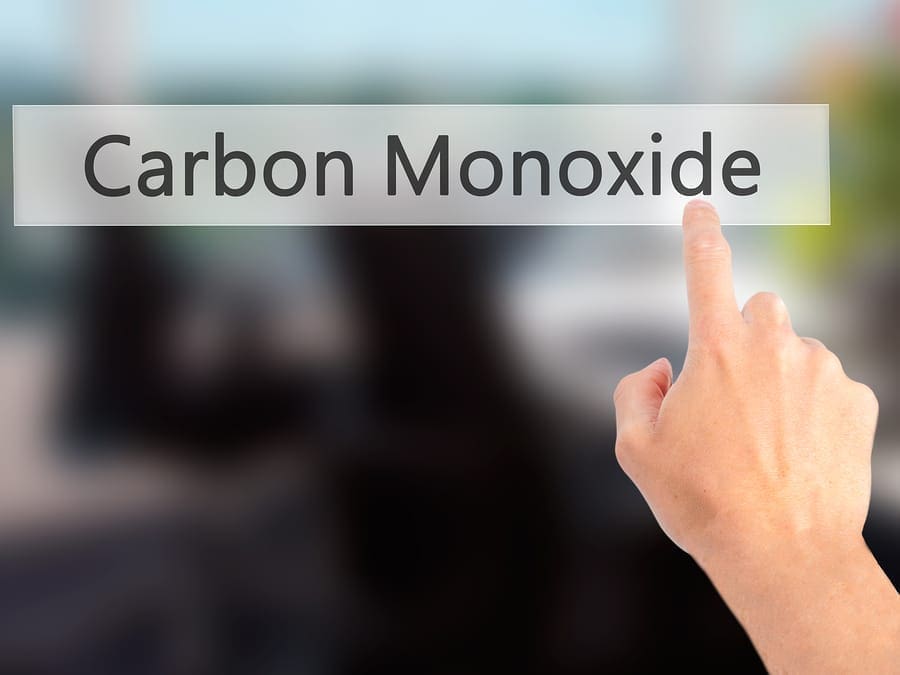

When you think about monitoring your home to keep your family safe, fire comes front of mind. Even without a beeping detector, fire can be felt, smelt, seen, and even heard. The same is not true for carbon monoxide (CO). This hard to detect gas can be lethal to people and animals.
Why is it dangerous?
Once inhaled, carbon monoxide replaces the oxygen in your blood, which starts killing off cells and eventually organs. In small doses, carbon monoxide poisoning symptoms can mimic the flu. In large doses, it can lead to brain damage, organ dysfunction, and even death. The real danger of this gas is that it is colorless and odorless making it hard to detect until it is too late.
How can I detect it?
A carbon monoxide detector is the best way to be aware of the gas in your home. It works just like a smoke detector. In fact, many smoke detectors now have a carbon monoxide monitor feature. Place the detectors near where you sleep so it can alert you as soon as the gas enters your room.
Another way to detect CO is to be hypervigilant. Know what the symptoms of carbon monoxide look like and be on the lookout for those signs in your family, pets and self. Be particularly aware of the symptoms when doing activities that may emit carbon monoxide such as smoking, warming up by a fire, or running your furnace.
How can I prevent it?
While gas leaks are not 100% preventable, there are steps you can take to catch them before they occur.
- Don’t smoke indoors.
- Don’t burn too many candles or use a space heater in a small, enclosed space.
- Check your appliances, big and small, for soot build up. That can be a sign of high CO emissions.
- Have your fireplace and chimney cleaned regularly.
- Keep up with your heating system maintenance. This is where many leaks occur.
Carbon monoxide poisoning can have serious consequences for you and your family. We recommend a yearly tune-up of your heating system to check for any leaks or blockages that may cause carbon monoxide build up.
Post Categories
Why Choose Us?
- We're strategically located in Pearland, TX
- Expertise to service all of your HVAC equipment
- Our technicians are NATE-certified
- We are an ACCA member company
- BBB accredited south Texas HVAC business
- We stand behind all of our HVAC work
